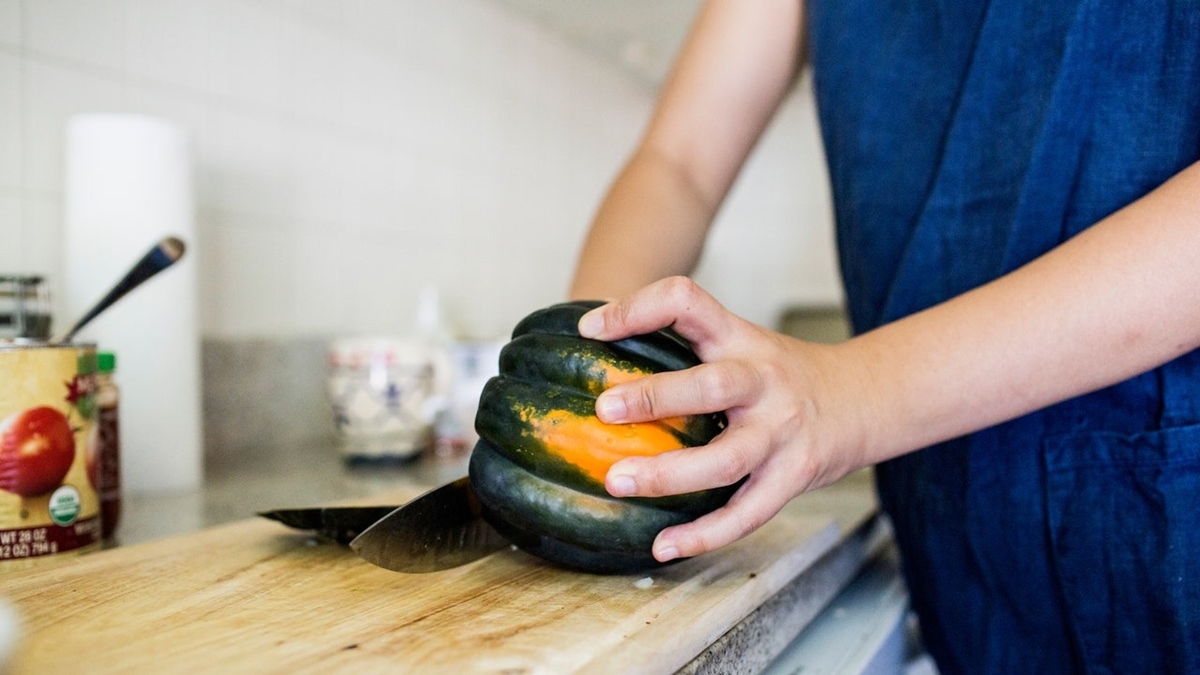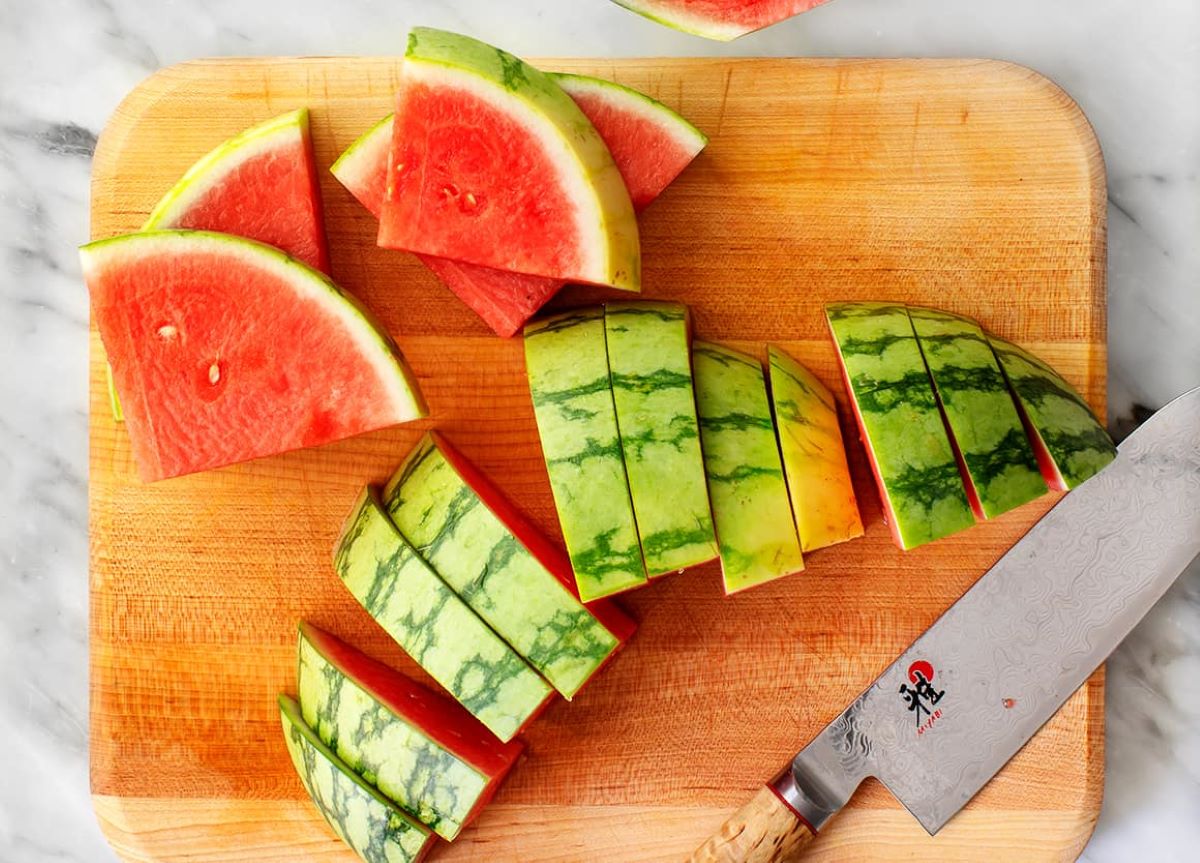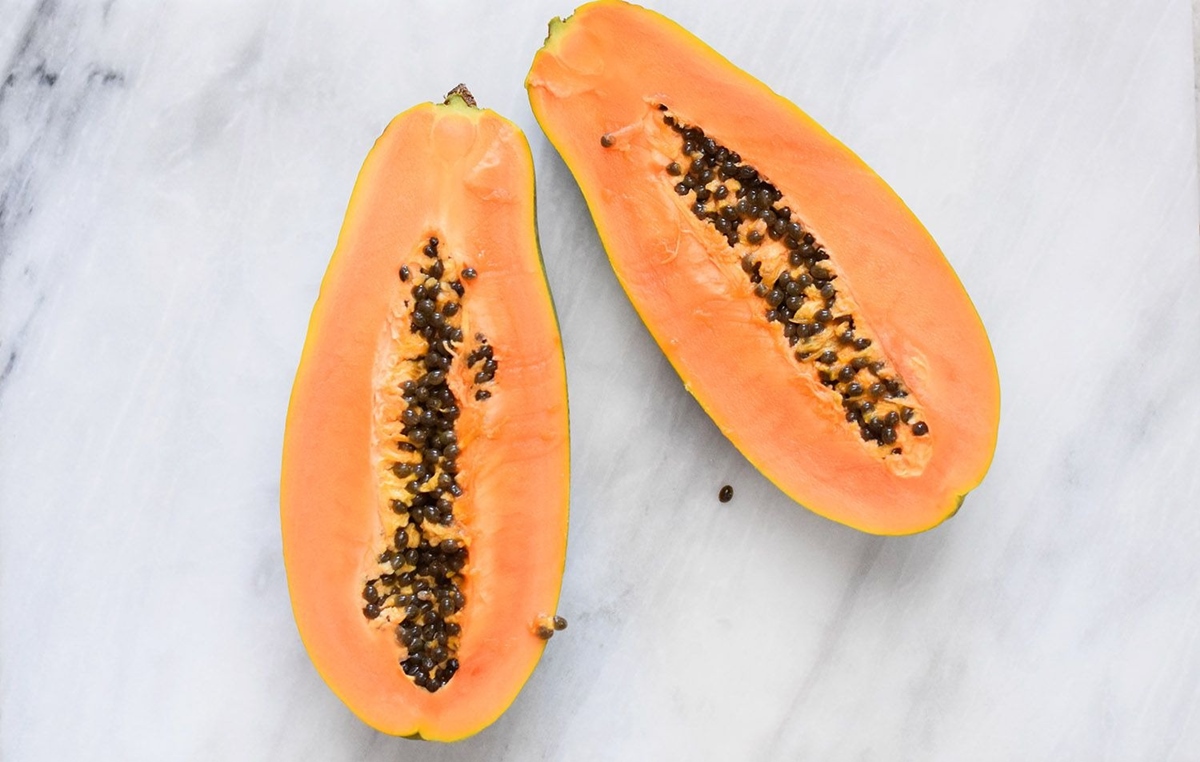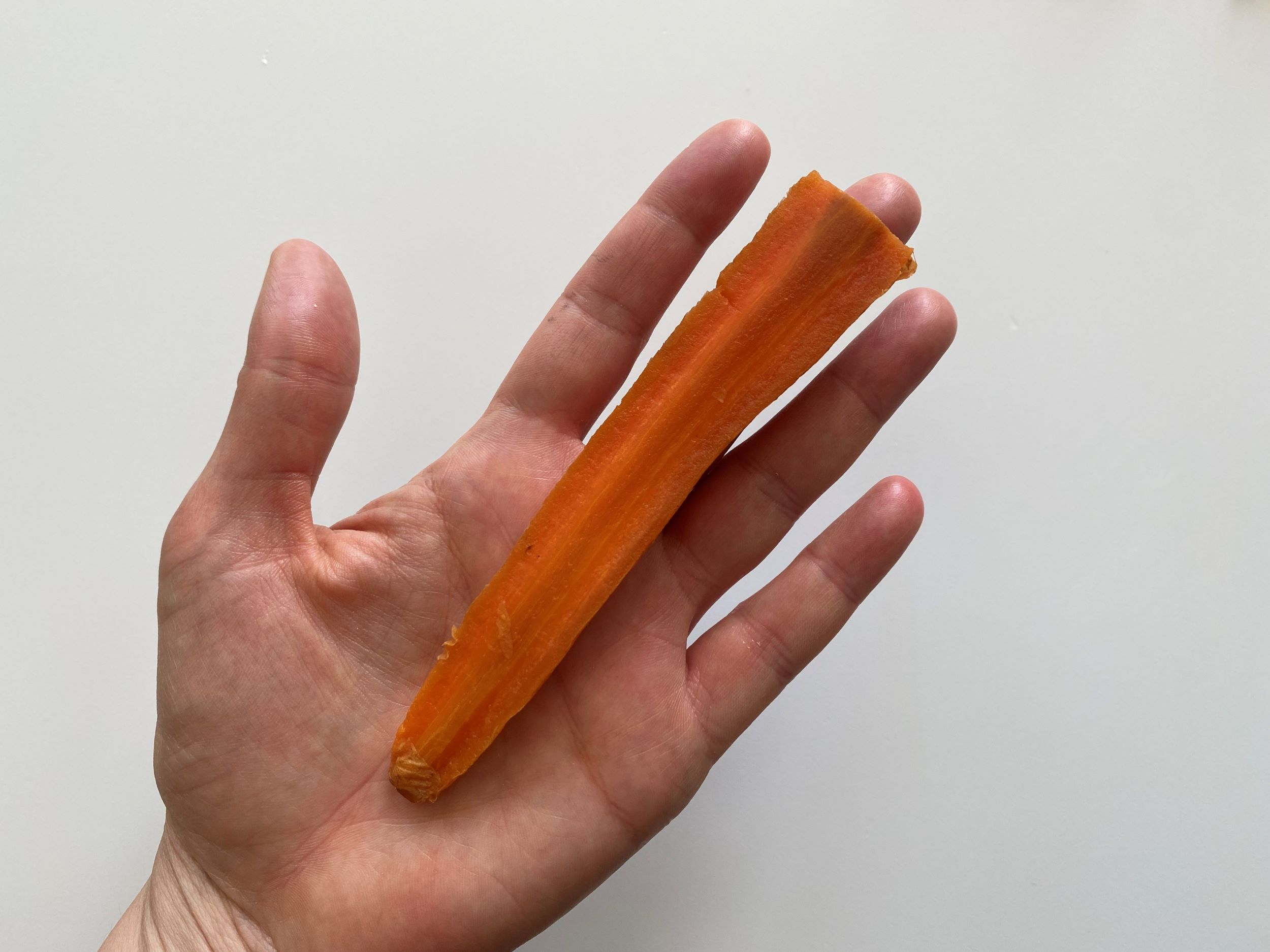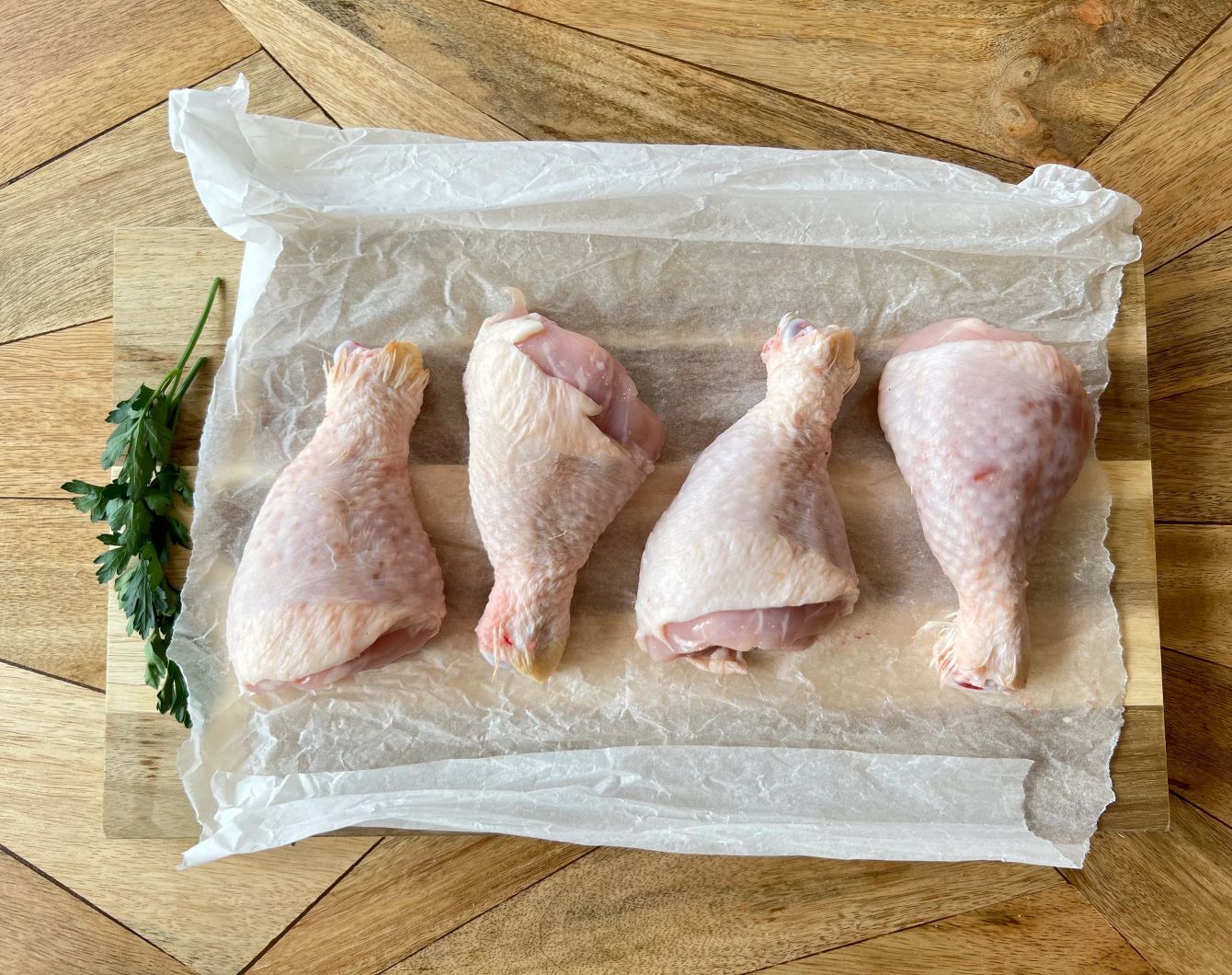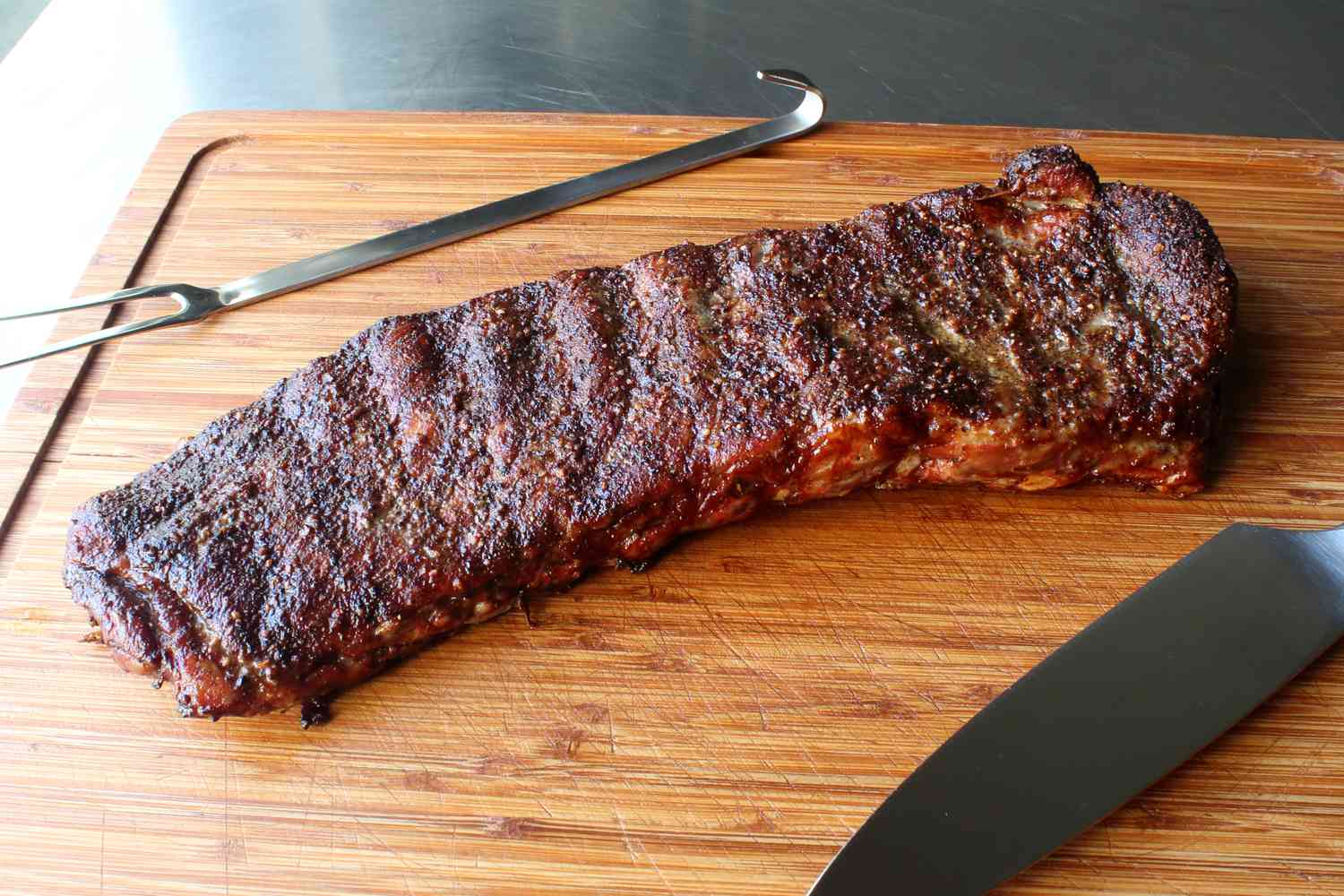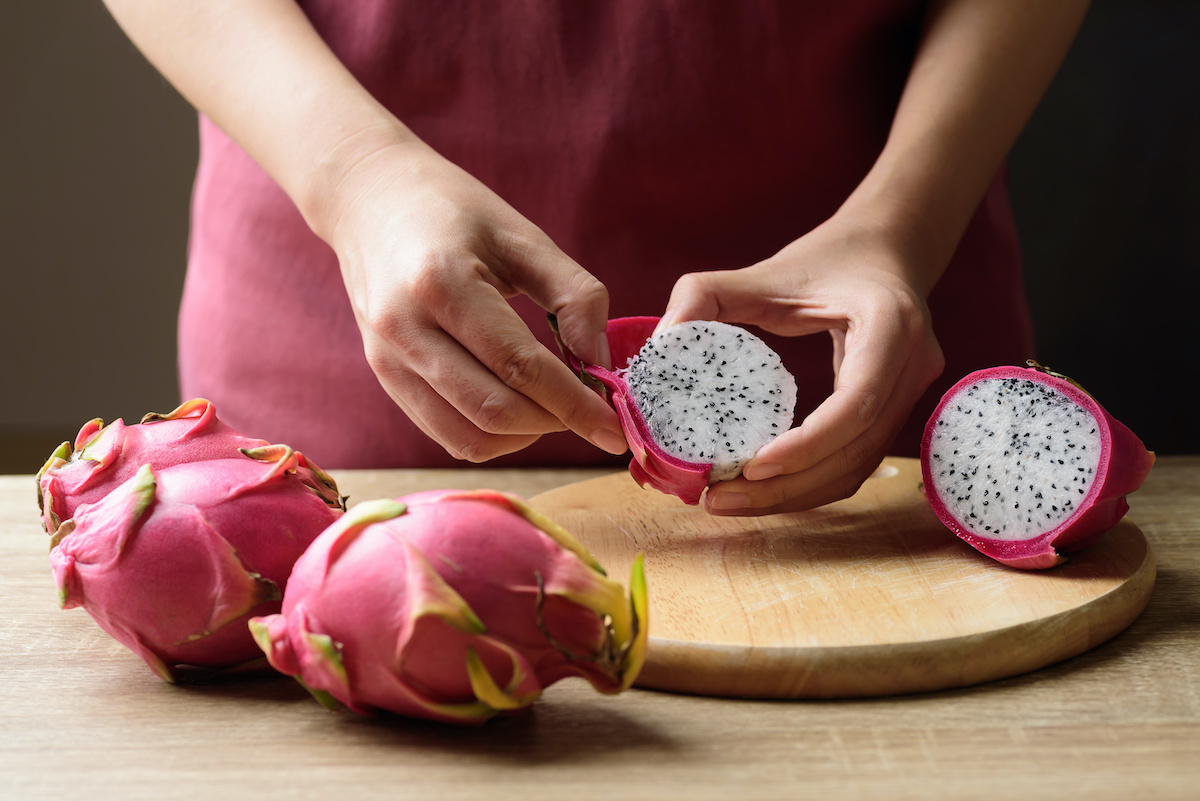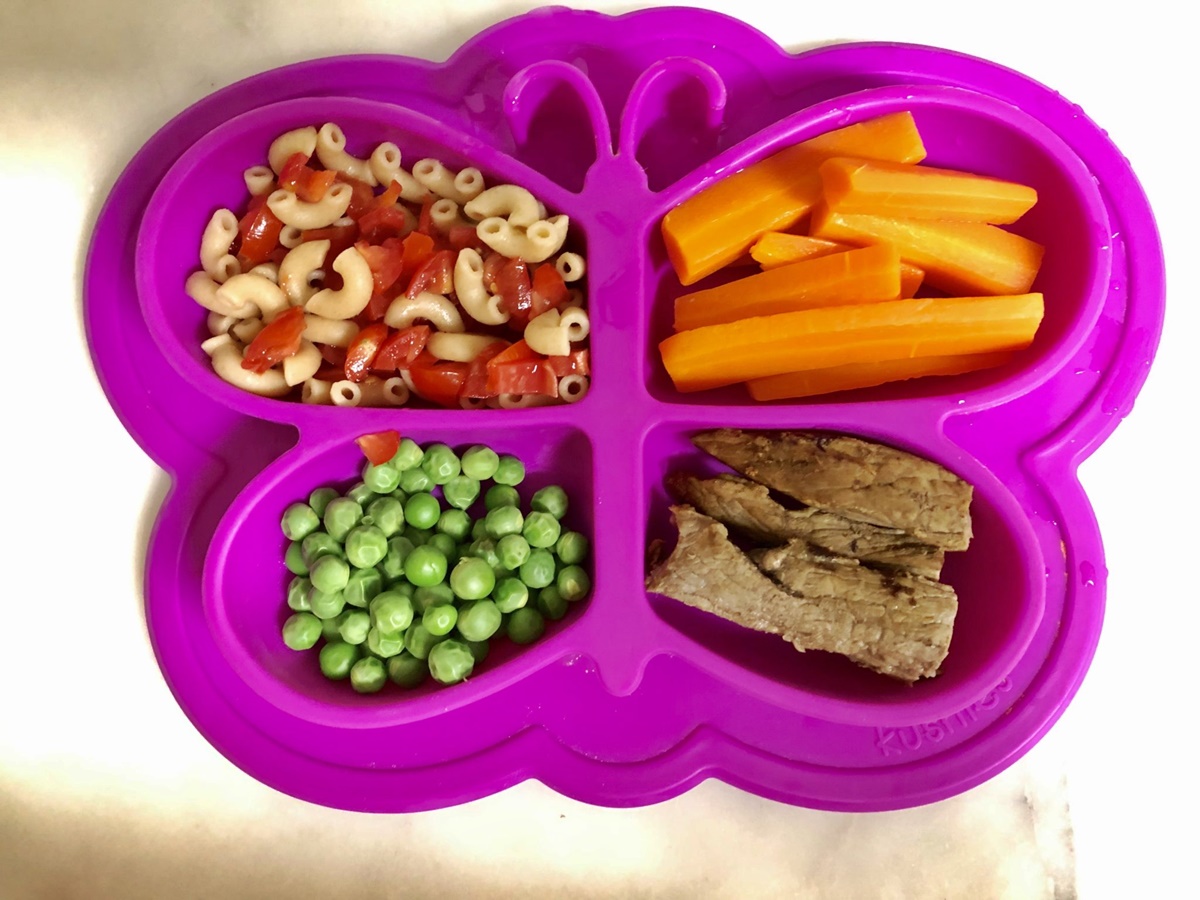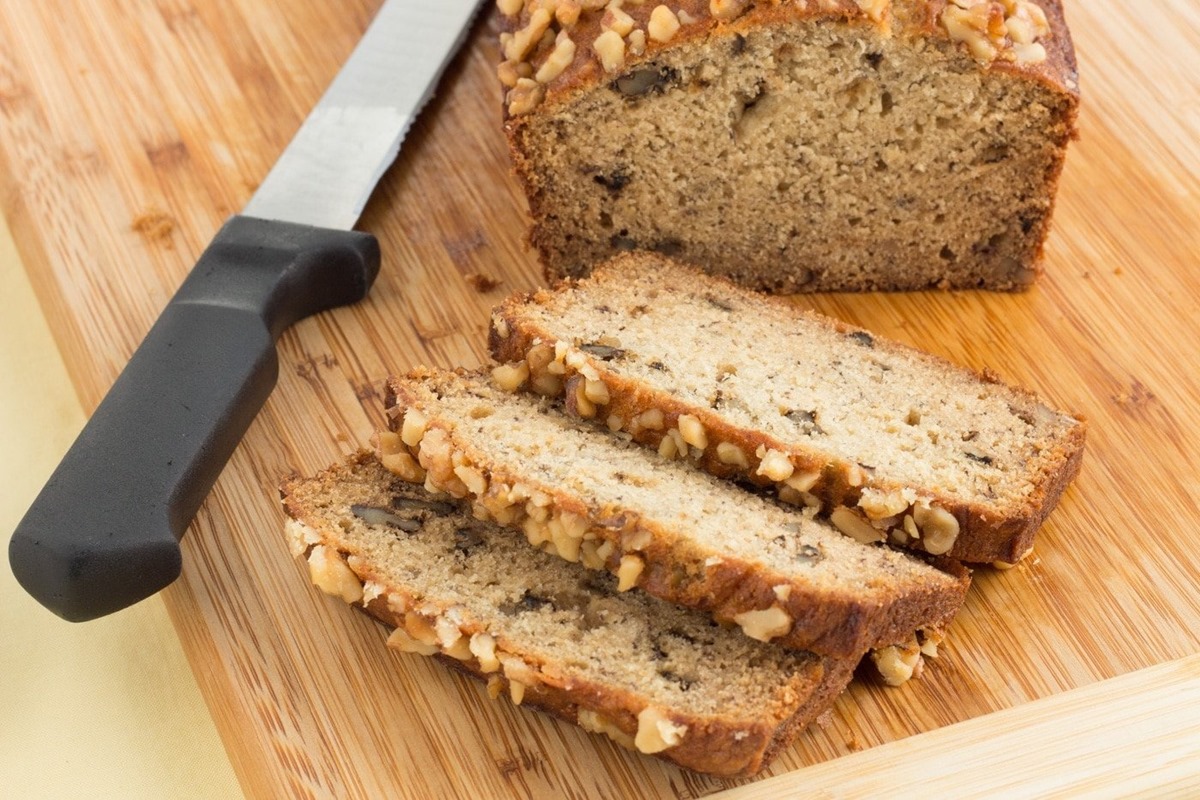Title: “Mastering the Art of Food Cutting: A Guide to Precision and Efficiency”
Introduction
When it comes to food preparation, the way you cut your ingredients can make a significant difference in the taste and presentation of your dishes. In this guide, we will delve into the art of food cutting, sharing tips, techniques, and safety practices to help you master this essential culinary skill. So, put on your chef’s hat and let’s embark on a journey of precision and efficiency!
The Importance of Proper Knife Techniques
Before we dive into the specifics, it’s crucial to understand why mastering proper knife techniques is essential. Whether you are a seasoned chef or an aspiring home cook, these skills can elevate your culinary creations to the next level. Here’s why:
- Consistent results: precise cutting ensures that all ingredients are uniform in size, promoting even cooking and a harmonious blend of flavors.
- Aesthetic appeal: well-cut ingredients contribute to visually appealing dishes that are sure to impress your guests.
- Efficiency and safety: proper techniques not only save you time but also minimize the risk of accidents in the kitchen.
Choosing the Right Knife and Cutting Board
Before you start cutting, it’s important to have the right tools for the job. Here are a few considerations:
- Knife selection: Invest in a high-quality chef’s knife or a specialized knife suitable for your cutting needs. Ensure that the blade is sharp for clean and precise cuts.
- Cutting board: Opt for a sturdy cutting board that provides a stable surface. Wood or plastic cutting boards are commonly used, but make sure to maintain their cleanliness to avoid cross-contamination.
Basic Knife Techniques
Now, let’s explore some fundamental knife techniques that will pave the way for culinary excellence:
- Chopping: Place your non-dominant hand on top of the knife blade to guide and control the cutting motion. Use a rocking motion to cut through vegetables, fruits, or herbs.
- Dicing: For uniform cubes, start with a stack of slices and make straight cuts across. Keep your fingertips tucked away from the knife blade and use your knuckles as a guide.
- Julienne: Create thin, matchstick-like strips by first cutting the ingredient into flat slices. Then, stack the slices and cut them lengthwise into thin strips.
- Mincing: Hold the tip of the knife against the cutting board and rock the blade back and forth to finely chop ingredients.
Safety First – Tips for Accident-Free Cutting
While honing your knife skills, it’s crucial to prioritize safety in the kitchen. Here are some essential tips:
- Always keep your fingers and thumbs tucked away from the knife blade to avoid accidental cuts.
- Use a stable cutting surface and ensure the cutting board is securely in place to prevent slips.
- Sharpen your knives regularly to maintain their effectiveness and reduce the risk of slipping.
Conclusion
Cutting food is not just a mundane kitchen task; it is an art that requires precision, practice, and a pinch of creativity. By implementing the tips, techniques, and safety practices shared in this guide, you’ll be well on your way to becoming a cutting connoisseur! So, continue to hone your skills, experiment with different cutting styles, and delight in the culinary masterpieces you create.
Was this page helpful?
AloMods
AloMods.com - The original source of Alo WhatsApp. With Alo WhatsApp and its fantastic features, we will bring you the best experience while texting.



